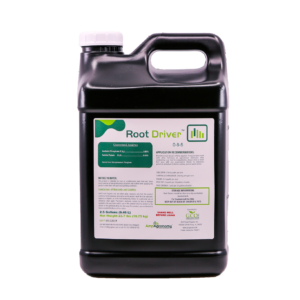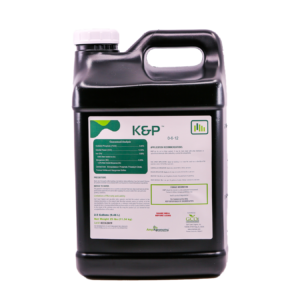Sports- Post-Cultural Recovery
About Post-Cultural Recovery
Turfgrass researchers have benefitted from sports field cultural practices for years. Common cultural practices include proper mowing, irrigation, cultivation, and fertilization practices to maintain vigorous and healthy turfgrass surfaces. Thes practices allow turfgrass stands to outcompete weeds, resist and tolerate the stresses of insect pressure, and quickly bounce back from disease, drought, and high traffic. Sports fields endure a lot of traffic as large amounts of people cause wear and tear on an annual basis. This makes it even more important for the turfgrass surface to remain healthy, strong, and even safe to prevent player injury. It is also important to note that post-cultural recovery differs between warm season and cool season turf grasses including timing for invasive cultural practices that may require recovery time for the field. For example, spring brings about cooler temperature ranges that may provide better growth and recovery from the invasive nature of some of the corrective cultural practices. During the summer, warmer temperatures stress cool season grasses and naturally slow their growth rates. Therefore, intense summer cultural practices are hard to recover from in comparison to the spring. For warm season grasses, where bermudagrass is the most commonly used turfgrass for sports fields, it is best to perform cultural practices in late spring or early summer due to growth rates. Warm season grasses do not grow as much, if at all, during the early spring months. Overall, your turfgrass needs to be provided with the necessary nutrients it requires to bounce back from invasive cultural practices. Phosphorus and potassium help your turfgrass resist stresses such as these listed above, where as calcium will help build soil structure for proper nutrient absorption. Calcium is also responsible for holding together the cell walls of the plants and activate certain enzymes to help coordinate cellular growth activity. Carbon is an important factor for this as well as it helps balance out the C:N ratios of your soil, promoting microbial activity and increasing nutrient efficiency.
Sod: Soil Moisture Management
About Post-Cultural Recovery
Turfgrass researchers have benefitted from sports field cultural practices for years. Common cultural practices include proper mowing, irrigation, cultivation, and fertilization practices to maintain vigorous and healthy turfgrass surfaces. Thes practices allow turfgrass stands to outcompete weeds, resist and tolerate the stresses of insect pressure, and quickly bounce back from disease, drought, and high traffic. Sports fields endure a lot of traffic as large amounts of people cause wear and tear on an annual basis. This makes it even more important for the turfgrass surface to remain healthy, strong, and even safe to prevent player injury. It is also important to note that post-cultural recovery differs between warm season and cool season turf grasses including timing for invasive cultural practices that may require recovery time for the field. For example, spring brings about cooler temperature ranges that may provide better growth and recovery from the invasive nature of some of the corrective cultural practices. During the summer, warmer temperatures stress cool season grasses and naturally slow their growth rates. Therefore, intense summer cultural practices are hard to recover from in comparison to the spring. For warm season grasses, where bermudagrass is the most commonly used turfgrass for sports fields, it is best to perform cultural practices in late spring or early summer due to growth rates. Warm season grasses do not grow as much, if at all, during the early spring months. Overall, your turfgrass needs to be provided with the necessary nutrients it requires to bounce back from invasive cultural practices. Phosphorus and potassium help your turfgrass resist stresses such as these listed above, where as calcium will help build soil structure for proper nutrient absorption. Calcium is also responsible for holding together the cell walls of the plants and activate certain enzymes to help coordinate cellular growth activity. Carbon is an important factor for this as well as it helps balance out the C:N ratios of your soil, promoting microbial activity and increasing nutrient efficiency.







